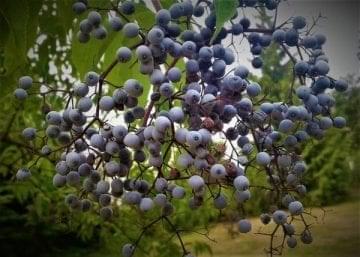Modern herbalists turn to Elder during flu and cold season as a powerful preventative and cure. Elderberries are added to teas for daily consumption to build the body's strength, citing scientific studies that show Elderberries help strengthen cell walls by mitigating the damage done by free radicals through the antioxidant constituents anthocyanins (Cejpek). They're added […]
Read this article and all of our other Herbal Nerd Society Content.
Become a Member Today. Join Us Here. | Already a Member just log in here.






